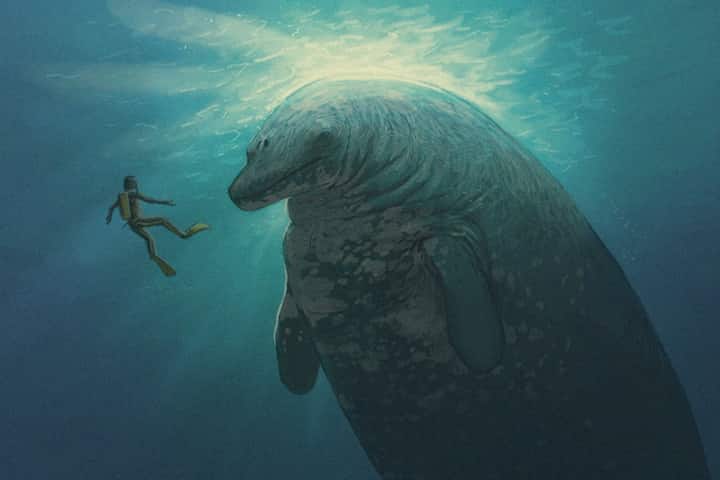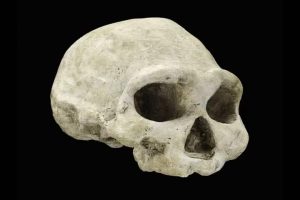It will take some imagination to visualise a creature which dominated the earth 39 million years ago and weighed more than twice the weight of a blue whale. As per a livescience.com report such creature was likely the heaviest animal ever known and has been christened as Perucetus colossus.
It weighed between 85,000 to 340,000 kilograms and its body spanned 66 feet according to the research which has been published in the journal Nature. It was 30 years ago limited skeletal remains of this marine mammal had been discovered from southern Peru’s Ica Province and from then on 13 vertebrates, four ribs and a hip bone have been found.
Talking to Live Science, the study’s lead author Eli Amson who is a palaeontologist and curator of fossil mammals at the Stuttgart State Museum of Natural History in Germany said: “[One of my co-authors] was looking for fossils in the desert in Peru and saw an outcropping of bones. Digging out the fossils took a lot of time because of their sheer size. Each vertebra alone weighs 150 kilos [330 pounds].”
#sciencenews An ancient #whale could rival the blue whale as the heaviest animal ever. The newly described Perucetus colossus from the middle Eocene of #Peru pushes extreme growth in whales to a much earlier phase in their evolution than previously thought https://t.co/uEPjs9a0Lx pic.twitter.com/9gvEHXF4Uo
— RBINSmuseum (@RBINSmuseum) August 2, 2023
Scientists can only guess how big P. colossus was with the help of the limited number of bones they found. These are very dense which means that they weighed a lot. They also think that to offset the heavy skeleton, the creature’s soft tissues were much lighter than its bones. This enabled it to remain more buoyant.
This balancing act, the scientists think caused P. colossus to have a strange appearance. They feel that it looked like a modern manatee but with a tiny head, an enormous body and little arms and legs.
Talking about it, Amson said: “It might have looked much weirder than we think. In terms of weight, P. colossus was definitely bulkier than a blue whale. But the overall body length was shorter than the blue whale [and measured] 20 meters (66 feet). It’s hard to estimate exactly how much blubber and soft tissues surrounded its skeleton, and so we went with a rather conservative approach with our size estimates.”
It may have looked unusual yet the appearance enabled it to remain buoyant and move in the water.
Highlighting the significance of this find, Amson observed: “P. colossus completely changes our understanding of evolution and extreme gigantism in cetaceans. It was most likely a slow traveller and a shallow diver. We’re not sure what it ate since its head and teeth didn’t survive. It’s only speculative, but we think it spent most of its time at the bottom of the ocean not burning a lot of energy to get its sources of food.”
This study is sure to shed new light on the evolution of marine giants.
The specimen of P. colossus is kept at Lima’s Natural History Museum.




















